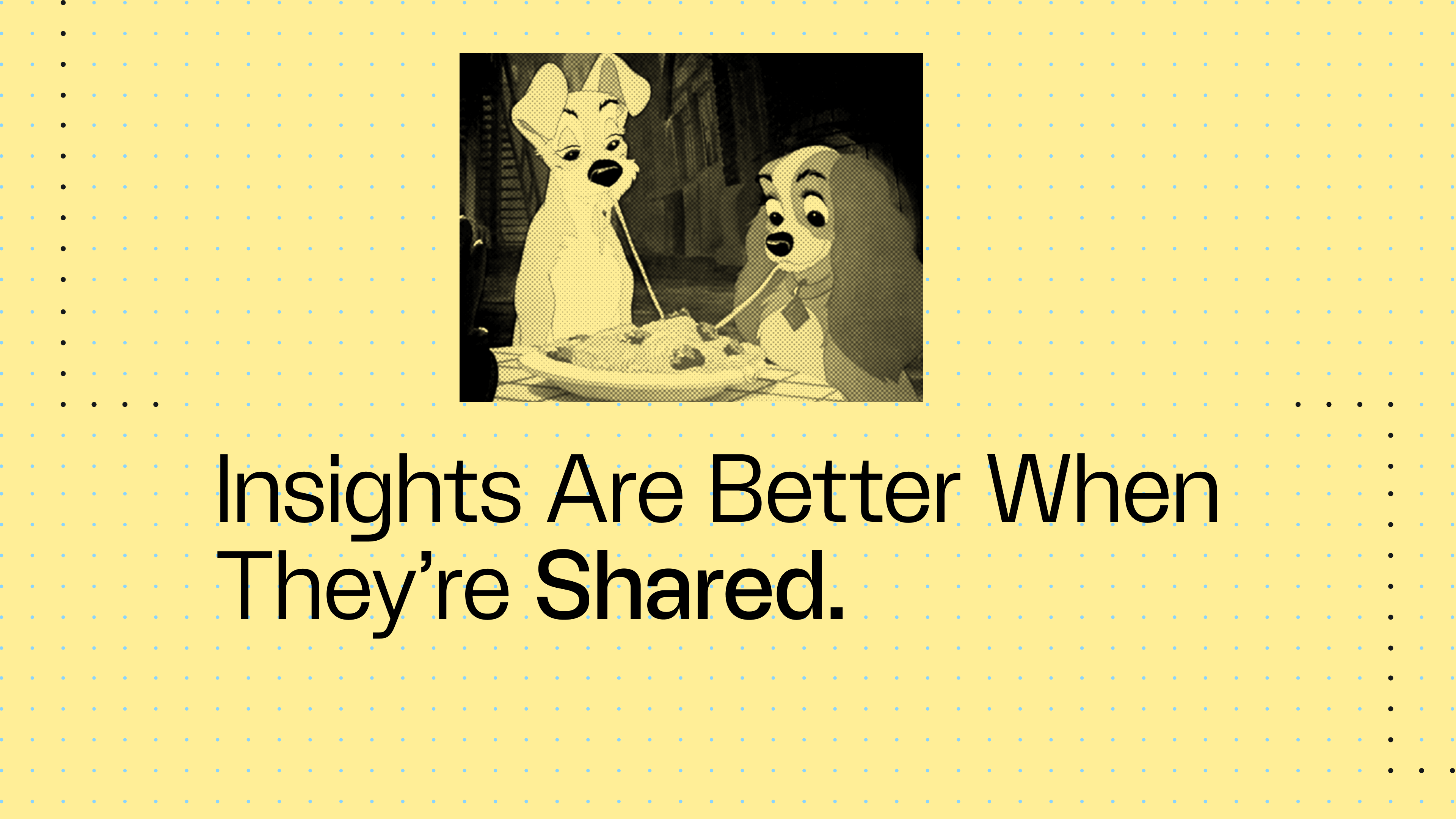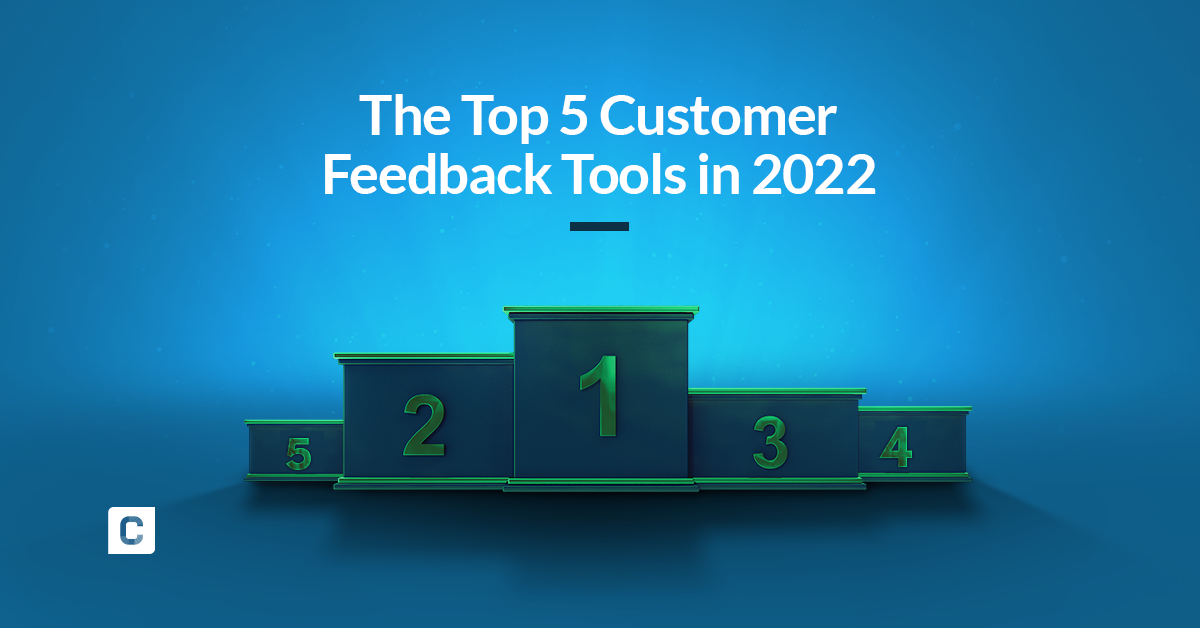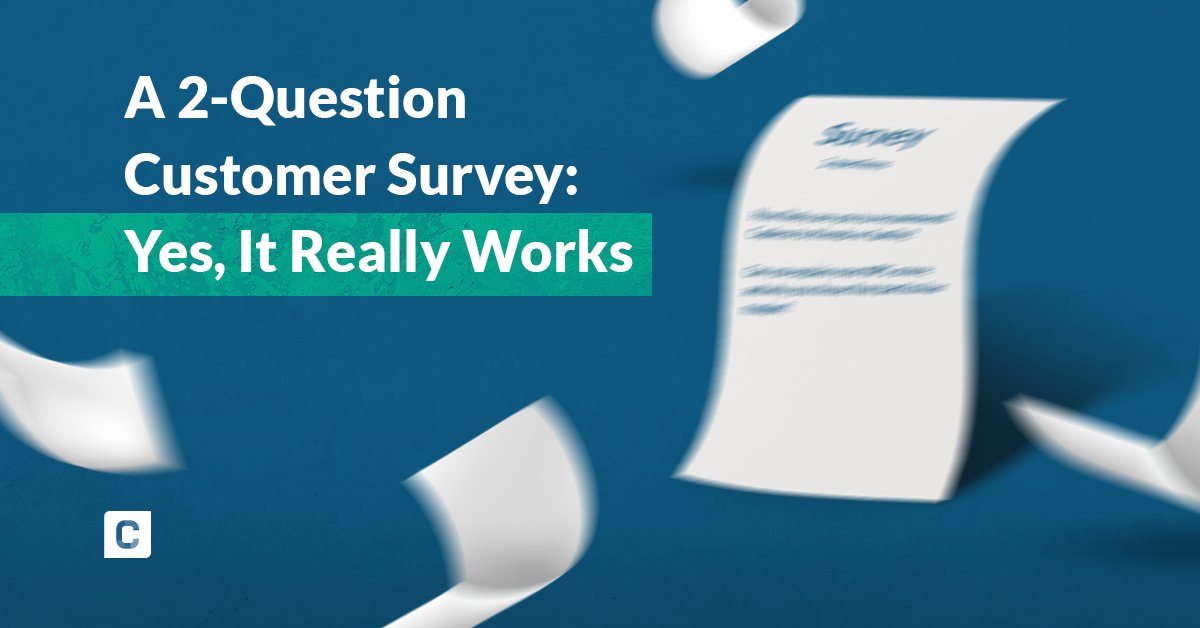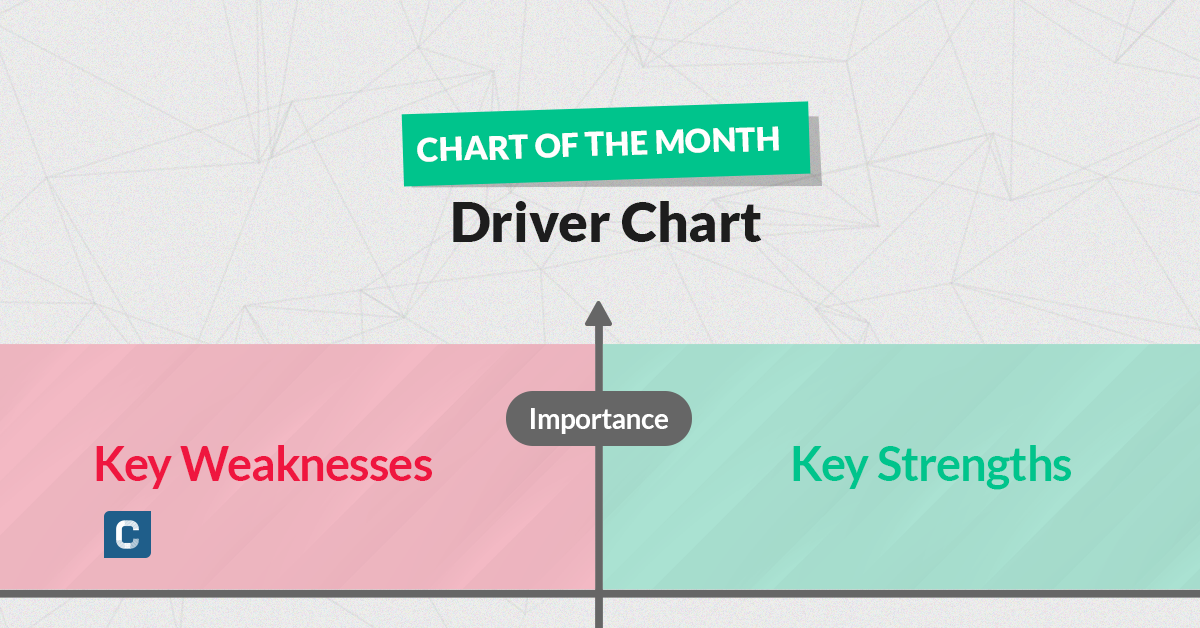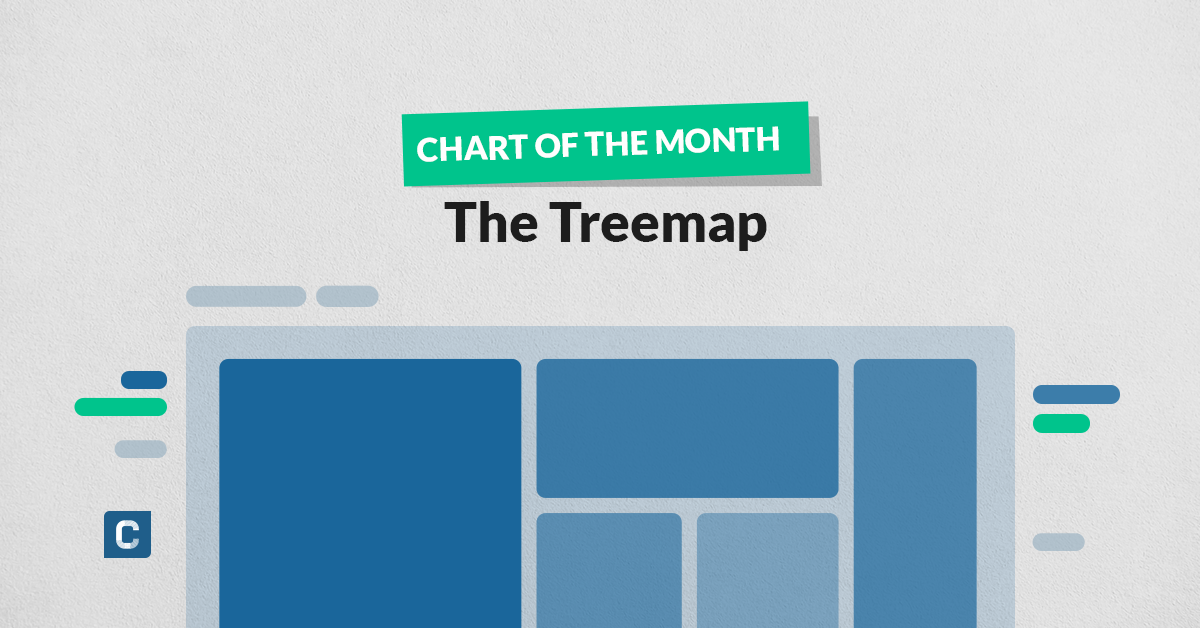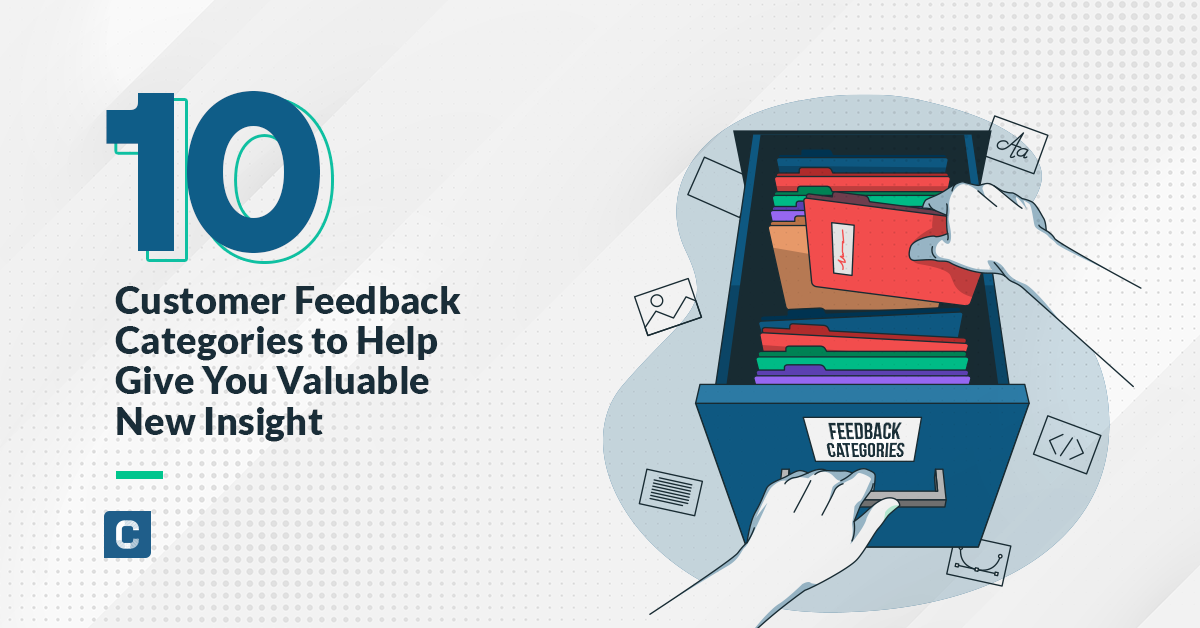Coop Case Study: Getting Actionable Insight From Mass Feedback Analysis
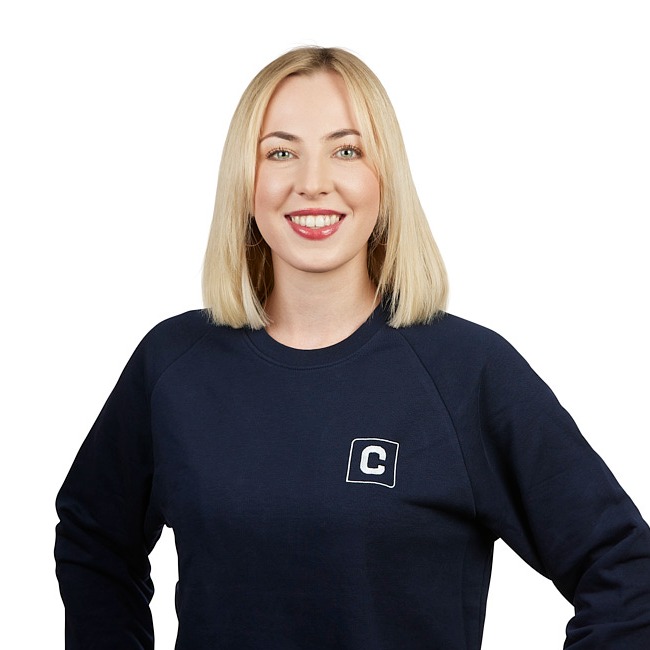
Sheila Bugal

What do customers think about organic food? What do they like about the newly built store? Why do some customers feel 😊, while others feel 😩? These are questions that Coop, the Swiss Retailer wanted to find out!
Asking customers open questions leads to the most effective results. But the real question is how to analyze thousands of open answers in the most effective way?
Customer feedback (left) with tags auto-assigned by the AI (right). The AI is capable of differentiating between various topics, and their respective sentiment as well as handling misspellings. This survey was conducted in German, French, and Italian.
Caplena analyzes 50,000 open feedbacks for Coop, quarterly. Its cutting-edge machine learning software creates an unparalleled depth of insights. Understanding the drivers behind customer loyalty and satisfaction enables Coop not only to improve its products and services but also to draw conclusions about its strategy and goals.
How in the Name of Coop? Handling Massive Feedback
Sorting through feedback from customer surveys is no simple task. You must organize, assess, filter, and understand the transcribed thoughts and opinions of your customers, spelling errors, etc. But for companies with particularly large customer bases, the analysis of mass feedback is a particular challenge.
Large retailers, for example, might collect tens of thousands of customer surveys each quarter. These surveys might ask customers about how they feel in the store, how they are treated by employees, and what they think about a store’s pricing, quality, availability of new products, and more. In any case, survey questions can range wildly. Factor in the likelihood of thousands of customers using different terminology and talking about different products, and you have a wide range of possibilities on your hands.
Not to mention that even medium-sized retailers are strapped for time and resources – making the task of effective analysis challenging at best, near impossible at worst.
However, analysis of mass feedback can be performed efficiently and accurately, given the right tools and strategies. The result? Insights that help businesses measure impact, assess customer satisfaction/loyalty, and make significant improvements. Here’s how one major retailer in Switzerland was able to efficiently assess mass feedback from a customer survey.
Coop: Tons of Locations, Tons of Products, and Tons of Surveys
Coop is a Switzerland-based retail and wholesale chain that dates back 150 years to when it was just a tiny co-op. Today, Coop has more than 2.5 million members, operates approximately 2,300 locations, and employs more than 90,000 people. In fact, Coop is so large that it’s responsible for the sales of more than half of all organic food in Switzerland. It has even been called the “World’s Most Sustainable Retailer” – selling a variety of products, textiles, and food that are deemed sustainable.
Needless to say, Coop is large, powerful, and clearly successful. Still, this chain demands lots of customer feedback to optimize operations, adopt best practices, and most importantly, continue to please its massive customer base.
The Challenge for Coop: Too Much Feedback, Too Few Resources
Because Coop is so large, it procures an enormous quantity of customer feedback every business quarter: feedback generated from 50,000 surveys collected at various locations. Traditionally, Coop has left the analysis of survey feedback to individual branch managers, without much oversight. Coop has continued to gather valuable feedback but has simply lacked the time, resources, and processes to analyze that feedback in the most effective way possible.
Other potential solutions? Coop could simply shelve the feedback and wait for a free moment (yeah, right 😏). Or, the brand could pick out a small selection of feedback to analyze manually, but that wouldn’t give accurate insight into common trends or themes, or show rates of improvement over time. Or, it could look for a strategic solution that would help to successfully analyze their feedback, take advantage of customer insight, and make improvements to boost customer satisfaction and loyalty (and profits).
The Solution: Coop, Meet Caplena
To find a solution for processing customer feedback on behalf of Coop, Swiss Market Research Institute LINK found Caplena – a natural language processing (NLP) coding software that uses augmented intelligence to effectively analyze customer feedback without tedious manual work. Here are the results of Coop and Caplena’s game-changing partnership:
Mass Feedback, Quick Turnaround
Caplena uses machine learning to auto-complete the analysis of feedback so that humans don’t have to.
Now, Coop has the ability to handle its 50,000 pieces of feedback every quarter in a manner that’s timely and efficient. After all, feedback that was given even six months ago can become quickly irrelevant. For example, a new product can bring in a whole new subset of customers. Changes to various store locations can significantly impact customer satisfaction. Seasonality may also affect customer feedback. For example, the holiday season will most likely raise sales and points of contact with the customer.
With Caplena, Coop can now respond to feedback rapidly, measuring up-to-date levels of customer loyalty. This timely insight also allows them to measure the impact of various business decisions on overall customer loyalty.
The A.I. Advantage
Caplena uses augmented intelligence to effectively code feedback responses, making them organized, clear, and actionable. The Natural Language Processing (NLP) technology developed by Caplena is able to understand and identify the natural human language, even with misspellings, slang, and different forms of the same word.
To effectively address misspellings, Caplena processes on a syllable level instead of the “mostly used” word level.
Because Caplena uses an advanced AI that has “learned” from a vast amount of industries and a vast amount of feedback, it has an advanced understanding of general speech that gives it “human-like” capabilities. For example, the German word for “fresh” can mean either “fresh” as in “freshly-baked,” or “fresh” as in “cool” (temperature-wise). When a customer says, “The bread is fresh,” Caplena knows that it means “freshly baked.” And when a customer says, “It’s too ‘fresh’ for me in the store,” Caplena knows it means “cold.”
“We could barely distinguish between human and automatic coding. The system really understands our customers’ answers,” said Coop.
High Impact, Timely Results
Using Caplena provided by LINK, Coop was able to measure an increase in customer satisfaction with the store atmosphere. “The increase from 5% to 9% was so large that we were able to rate the implementation of new store design as a complete success,” according to Johanna Mäder, Market Research Project Manager at Coop.
Better Reporting for Improved Company-Wide Insights
Departments within Coop that were already close to the customers, such as customer management or marketing, moved even closer to their customers.
Caplena’s automatic coding simplifies the distribution of open-ended responses, making customer feedback and insights more accessible to the entire company. The result is deeper insight across multiple departments, potentially producing improved practices for the entire corporation.
Digesting Insights with Coop
Working with Caplena for the first time, Coop said, “The team closely supported us throughout the entire process so that we were able to complete the project… within just two weeks.”
“Effectively translating the ever-increasing amount of feedback into actionable insights is a major challenge for us. In our toolbox, Caplena is an important analytics tool that enables us to benefit from the new possibilities of digitization.”
Caplena: Taking the Fear Out of Verbatim Analysis
Surveys that give customers an opportunity to provide open-ended feedback offer unparalleled insight into customer loyalty and satisfaction. Open-ended feedback also helps build valuable relationships with customers by showing them that you value their thoughts and opinions.
Caplena uses an advanced form of augmented intelligence to effectively code open-ended responses and turn feedback into actionable insight. Using Caplena, you’ll be able to filter and organize customer responses into valuable categories, such as “Pricing Positive,” “Customer Service Negative,” or “Usability Positive” – all without manual work.
Related blog posts
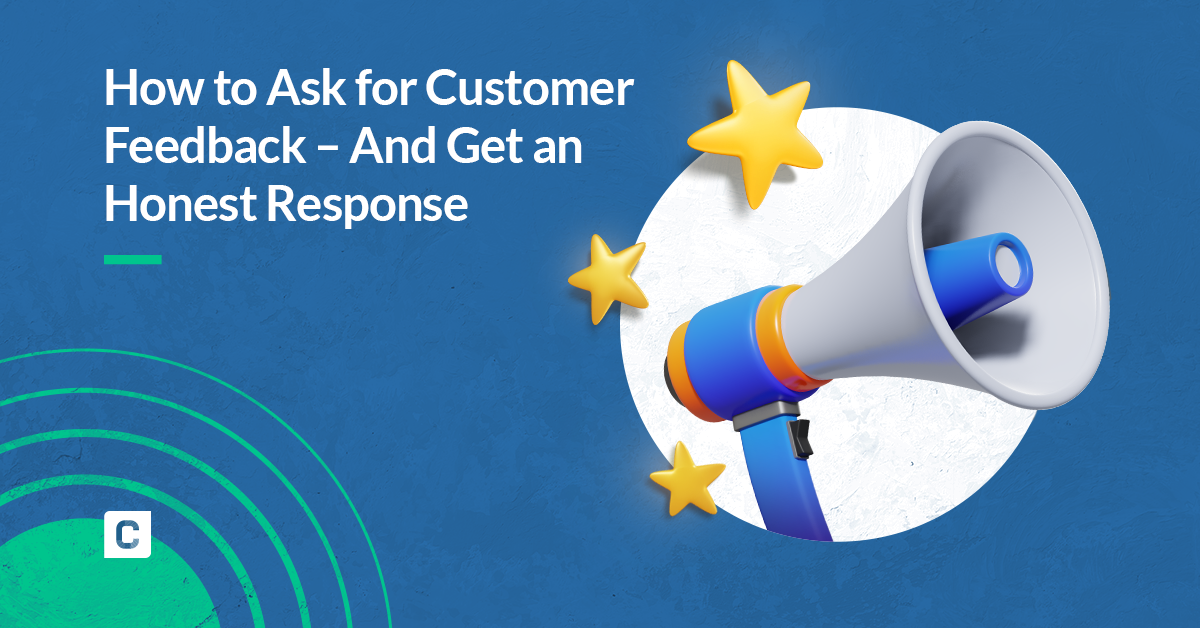
How to Ask for Customer Feedback – And Get an Honest Response
Customer feedback is about more than knowing whether your customers give your product three stars or five stars (although that is a valuable insight). It’s also about gathering the information that can help you make critical decisions and improvements….
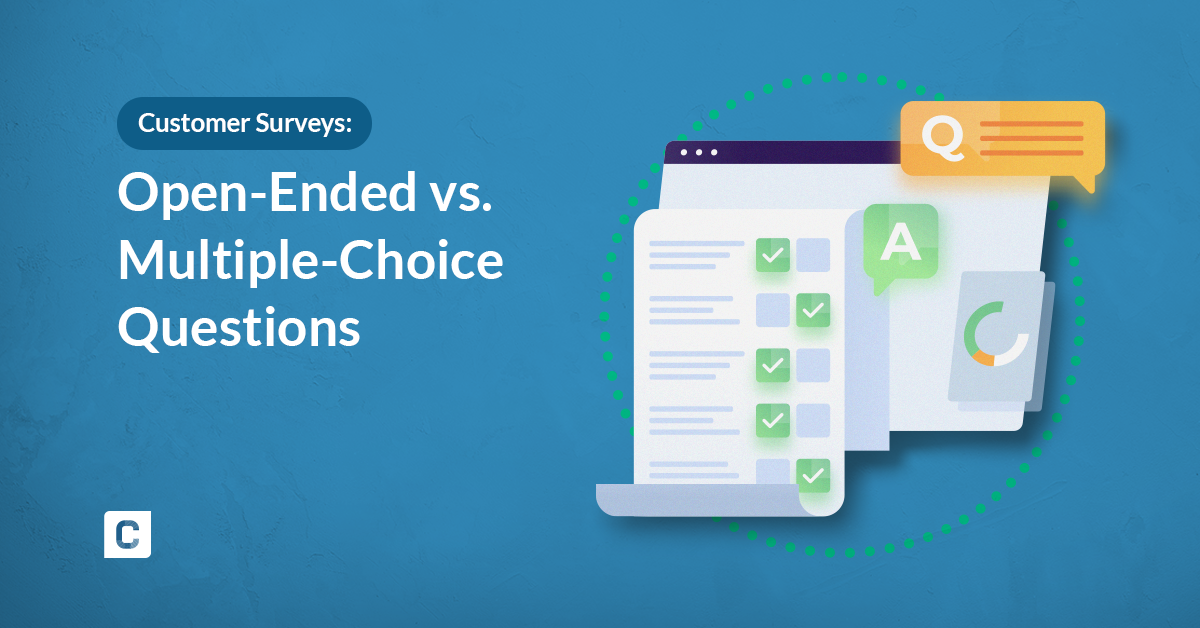
Customer Surveys: Open-Ended vs. Multiple-Choice Questions
How do you decide on what kind of survey to use? We’re eliminating some of the guesswork for you by giving you foundational advice to creating an effective customer survey, and a good old-fashioned comparison between open-ended vs. multiple-choice.

How to Ask for Customer Feedback – And Get an Honest Response
Customer feedback is about more than knowing whether your customers give your product three stars or five stars (although that is a valuable insight). It’s also about gathering the information that can help you make critical decisions and improvements….

Customer Surveys: Open-Ended vs. Multiple-Choice Questions
How do you decide on what kind of survey to use? We’re eliminating some of the guesswork for you by giving you foundational advice to creating an effective customer survey, and a good old-fashioned comparison between open-ended vs. multiple-choice.
